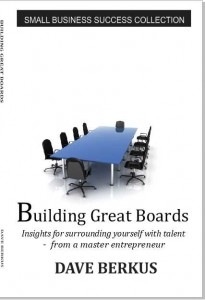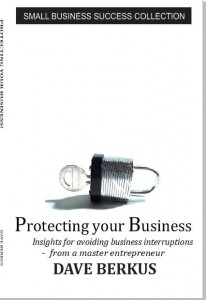There is such leverage in high gross profit margins once a company is past breakeven. Every dollar of gross profit falls to the bottom line, increasing net profit faster with each transaction. A ten percent increase in revenues for a company with 50% gross margin and 5% net profit before the increase would double net profit for the period with that ten percent increase in revenue. That’s impressive sales leverage. Just to be fair, a 5% cut in costs would also double net profit.
The point is that once a company is stable at or above the breakeven point, one incremental unit generates robust increases in net profit.
In an Internet-based business, power comes not just from high gross margins, but also from an increase in the percent of conversions from “look to book,” as the term is used in the hotel industry. Visit to purchase, click to close, or other terms are used in various industries to describe the measure of conversion rate from initial  landing on a page displaying purchase information about a product or service. No good Internet-based business fails to measure conversion carefully and experiment with photo placement, ad words, key descriptions, product positioning – all to increase conversion.
landing on a page displaying purchase information about a product or service. No good Internet-based business fails to measure conversion carefully and experiment with photo placement, ad words, key descriptions, product positioning – all to increase conversion.
[Email readers, continue here…] The major focus that used to be in using the direct mail business to drive sales is now focused upon email marketing campaigns, social networking marketing, building buzz, and location-based sales using tools to recognize shoppers at the point of sale. All of these new tools are used to drive sales of the incremental unit, sales that would have been lost if not for the ability to recognize specific qualified buyers from within the general public. Cheaper marketing cost – more targeted to a ready-to-buy audience, driving incremental sales, has been made possible by the use of the Internet to seamlessly gather information and present offers at the right time to the right potential purchasers.
If you are still worrying over what tools you need to reach your potential customer, perhaps this is the time to reach out to the new class of marketing professionals who understand how to capture and utilize targeted data and present products and services to a pre-qualified audience at the right time for increasing purchase decisions.







